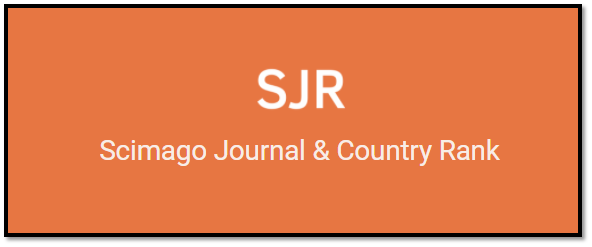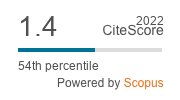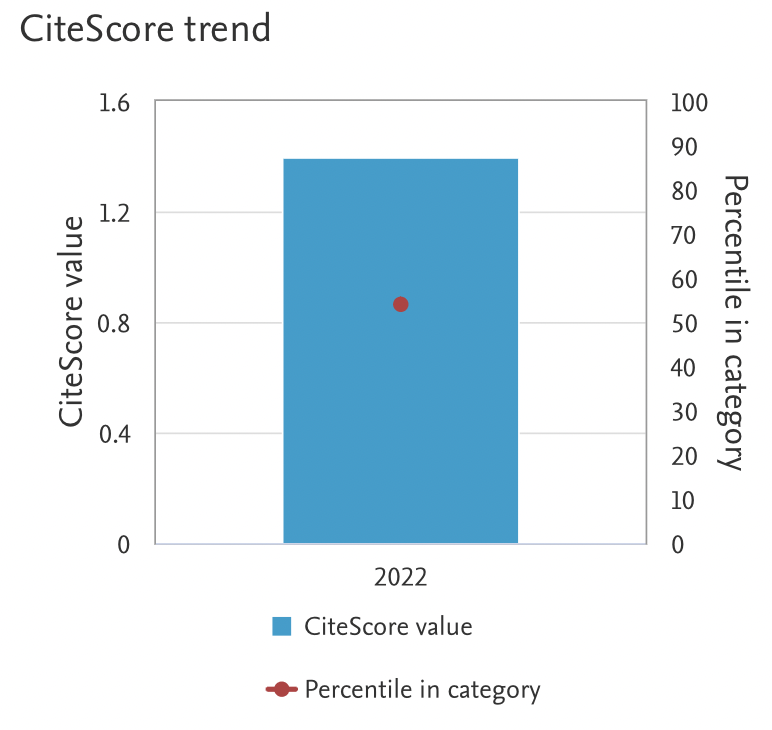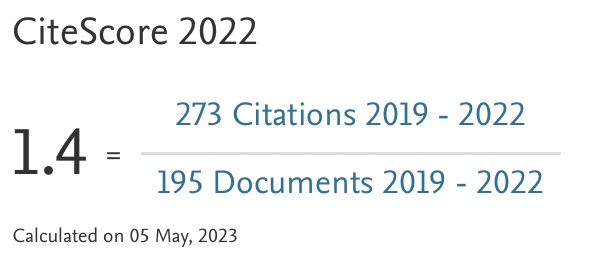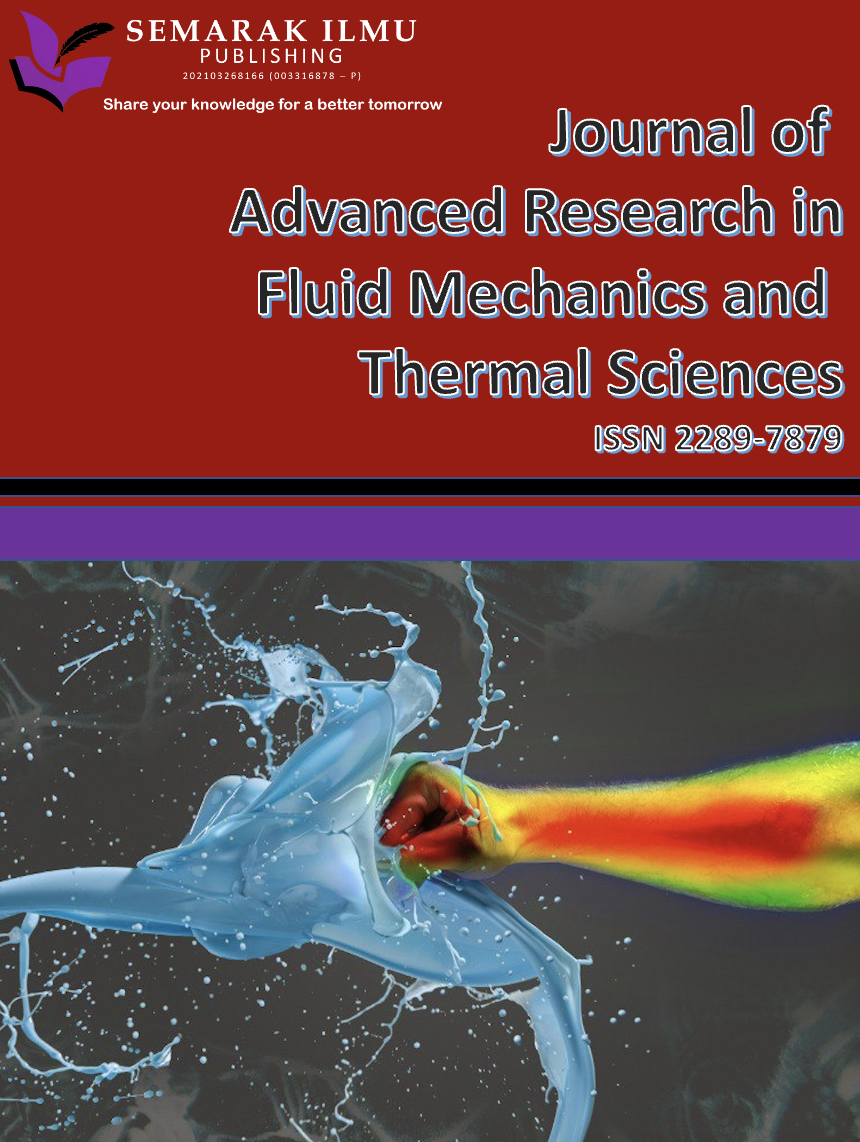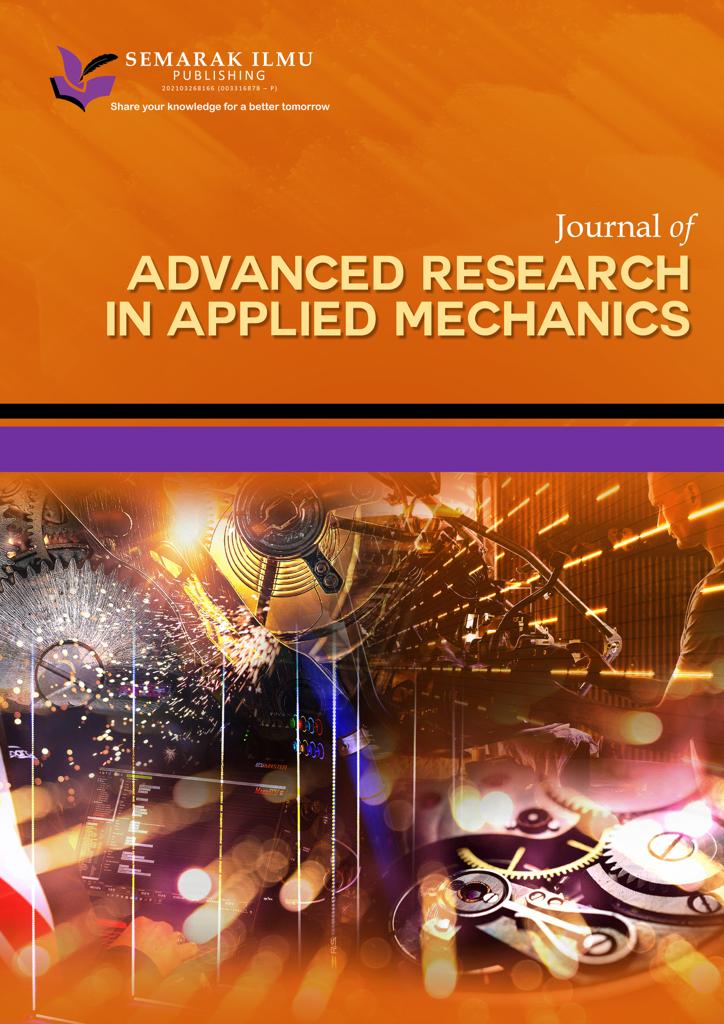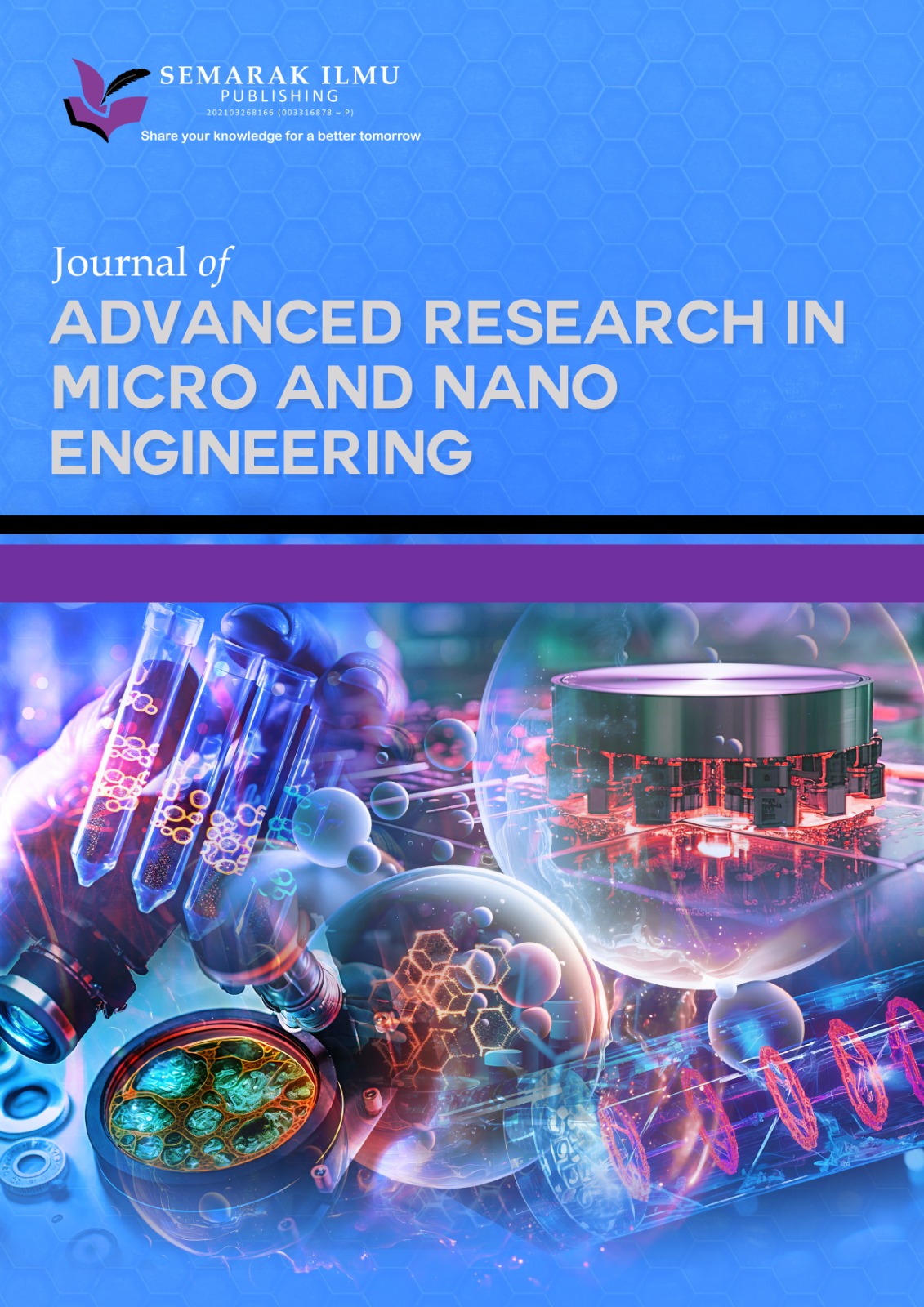Metamaterial Structure Effect on Printed Antenna for LTE/WIFI /Cancer Diagnosis
DOI:
https://doi.org/10.37934/araset.46.1.237249Keywords:
Metamaterial antenna, Printed antenna, LTE application, Cancer DiagnosisAbstract
In this paper, we will look at the impact of METAMORAL ULC on the performance of LTE / Wi-Fi printed antennas. We will look at two different antenna versions. One version will have the METAMORAL ground layer and will be the traditional antenna. The other version will have a METAMORAL load attached to the altered antenna. The metamaterial ground layer in the antenna will support the unit cell with the MTM structure, and we will look at how the MTM structure affects the performance of the antenna. We will use Roger 5880 with a substrate thickness (1.575 mm) and Dielectric constant (2.2) to test both antenna versions. The antenna’s overall dimensions are 60×49×1.575mm and the loss tangent is 0,0009. Once we have the ideal inductor/capacitor values, we will be able to create equivalent circuits for our planned circuit as well as the conventional circuit. We will then simulate the circuit in CST microwave studio. The path wave ADS simulator runs the equivalent circuit. The antenna is manufactured and measured by Network Analyser Rode Frequency ranges covered by the antenna are: 1.68 GHz 2.51 GHz 3.56 4.63 GHz 4.1 GHz 5.1 GHz Standard applications 2.58 dB/2.45 dB simulated gain 2.22 dB/5.19 dB observed gain Excellent agreement between measured and quoted value from both simulators Particular rate of absorption simulated On a sample Breast Phantom 1g / 10g SAR value must fall between 10g EU limit and 1g US limit Is suitable for use in Cancer diagnosis and detection?



